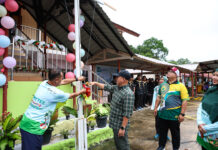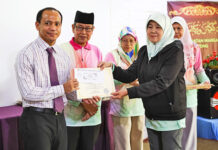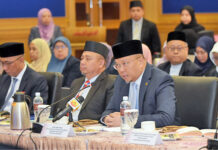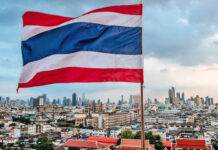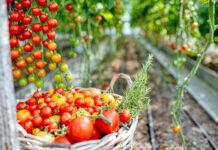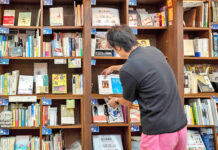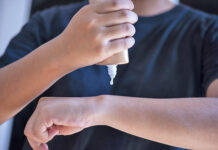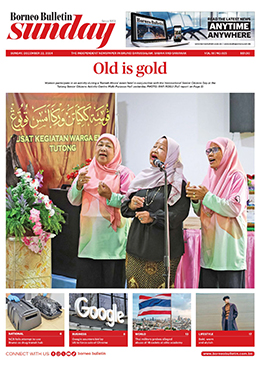Exploring the charm, companionship in feathered friends
The Jerudong market is one of Brunei’s oldest and most renowned open-air markets. For residents on this side of the Brunei-Muara District, it’s the go-to destination for freshly caught fish and a place to be spoiled for choice with fruits and vegetables.
Like a small watering hole, the Jerudong market is a lively place, constantly buzzing with chatter, set against the backdrop of the ocean and the sounds of crashing waves that dominate its other end.
Here, just a stone’s throw away from the iconic market, a different vibe permeates the air. A line of man-made stalls, some cobbled together from driftwood and zinc, obstructs the view of the horizon.
Fish, fruit, and vegetable vendors give way to a variety of coconut juice sellers and food vendors offering everything from fried fritters to grilled corn.
However, amidst the bustling scene, a new sound cuts through the noise – a riotous symphony adorned in feathers and plumes, from the small, sweet chirps of dainty, vibrantly coloured lovebirds to the somewhat rough clucks of the majestic Brahma chicken, the king of poultry with its great size and strength.
While most people would consider popular and easily accessible pets like cats and dogs, some are looking to the sky for their home companions, hoping for a feathered friend to help while away the stresses of life.
BIRDS OF A FEATHER
Analisa binti Abdullah has spent over two decades in the bird business, managing a quail farm alongside her husband in the Kampong Lumapas area of the Brunei-Muara District.
Yet, it’s at her weekend stall near Jerudong Beach where she’s most visible, marked by a large basin full of quail eggs at the front.
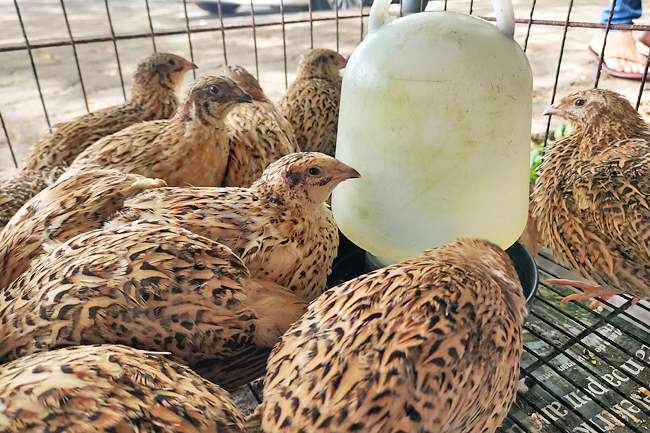
She shared that they slaughter about a thousand quails each week, supplying some to local restaurants, but most of her customers are regular people.
“At the moment, we probably have about 10,000 quails on our farm, but we also rear other birds and poultry,” said the 42-year-old during an interview.
At her stall, alongside a multitude of quails, tucked away in the bottom left corner, you’ll find a pair of petite chickens, their chests proudly puffed out.

These are Serama, a bantam breed of chickens from Malaysia, highly cherished by enthusiasts who raise them for show competitions.
In our neighbouring countries, these shows – essentially beauty contests – are often held, and such chickens can fetch quite a price.
“Our customers come from all age groups. People are drawn to birds for various reasons and they have been for a while.
“Whether for plumage, behaviour, presentation or just for regular rearing, it really depends on individual preferences.”
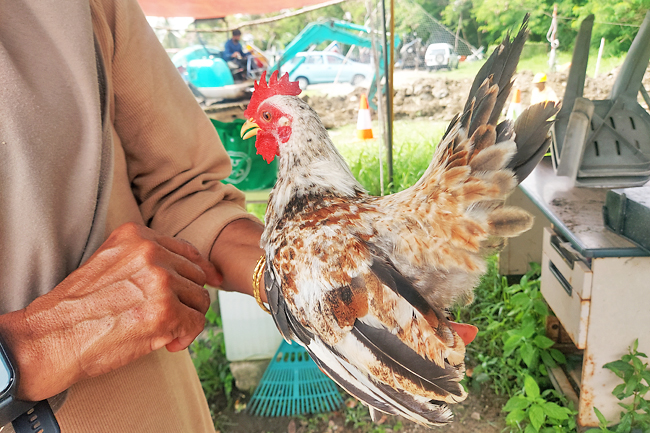
Another vendor specialising in ornamental birds and poultry, Rosnah Kamarudin, echoed this sentiment, however she also noted a potential decline in the hobby’s popularity since the pandemic.
She shared how she used to earn about a thousand dollars a month just from the sales of her birds. However, since the pandemic restrictions have eased, she now earns about BND600 a month.
“Since these are ornamental birds, their prices may depend on the season and trends. You need to be aware of these fluctuations and know when to capitalise on them,” she said.
Rosnah added that some birds, like the Serama, are prized based on grade. She explained that the price of a Serama, for example, will depend on how small it is and or whether its chest is highly lifted and prominently forward.

FEATHERED FRIENDS
While there are many reasons why people choose to adopt or raise birds, some seek a flock for sustainable living.
Rowena, a British teacher in Brunei, began raising quails in the Sultanate to live sustainably and looked forward to hatching her own.
Similarly, Bibi, a poultry and bird enthusiast in Kampong Rimba, explained that the concept of self-sustainability inspired her and her husband to raise chickens.
Over the years, they’ve raised various breeds, including the Silkie chicken, prized for its fluffy plumage.



Bibi admitted to never having eaten or cooked any of her feathered pets or their eggs, finding more fulfilment in hatching and raising them.
“We love hearing them crow in the early morning because we never heard any roosters crowing in our neighbourhood before. It creates a village atmosphere.”
Despite sustainability being a driving force, Bibi went on to highlight how chickens and birds make genuine and enjoyable pets.
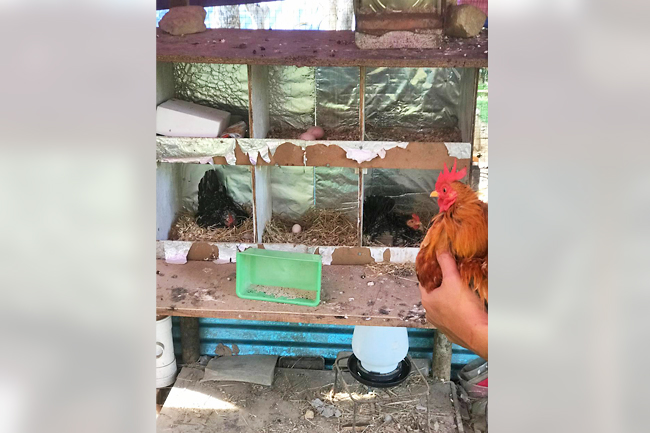
“They are fun to watch, and they always come running to greet you. They are also beneficial for the garden, as they eat bugs and fertilise fruit trees.
“If you have an incubator, it is rewarding to care for them from egg to adult.” – WARDI WASIL

